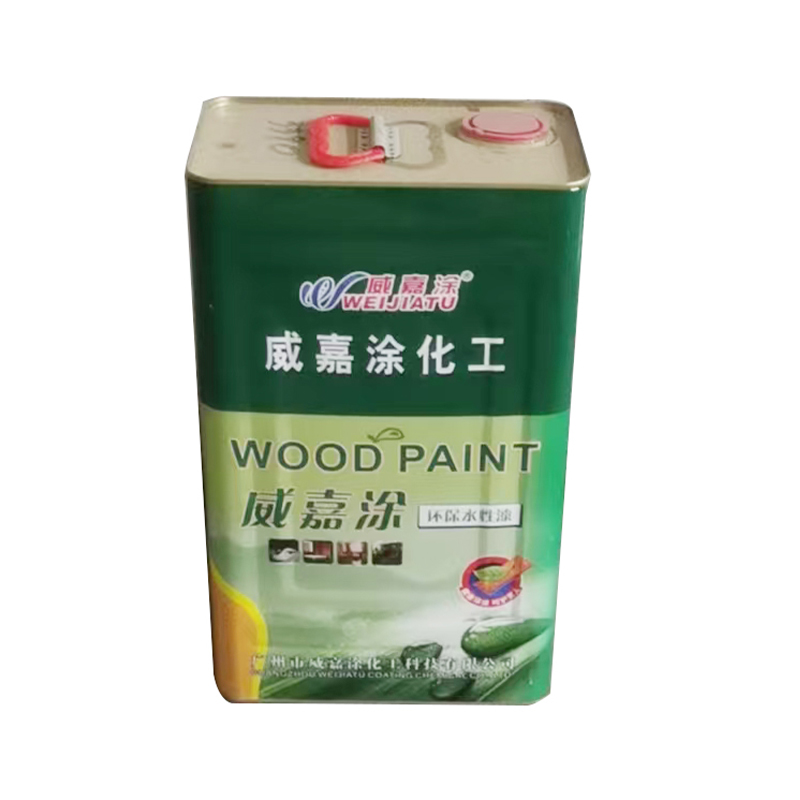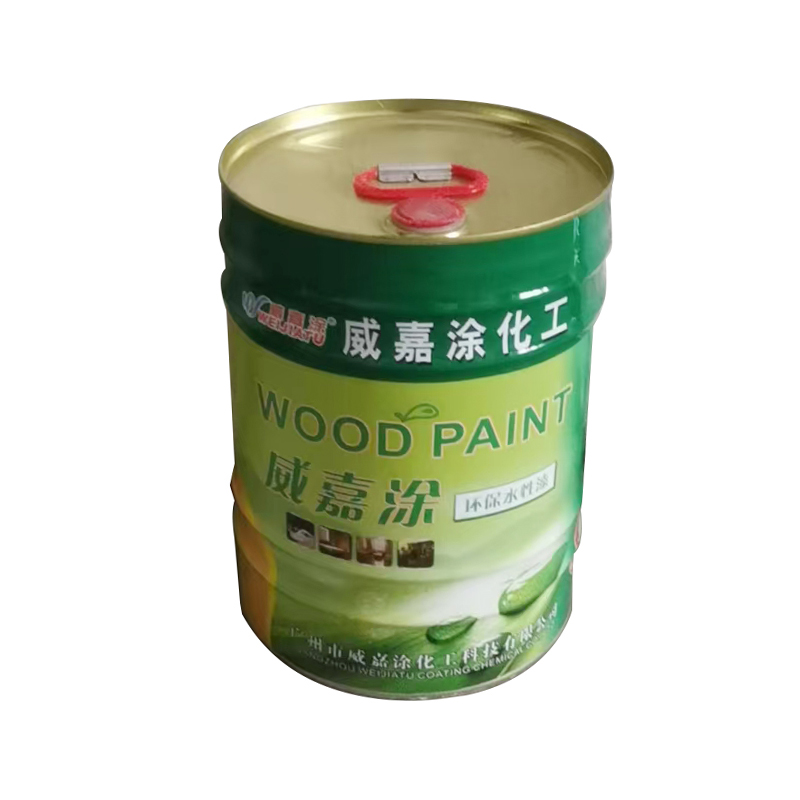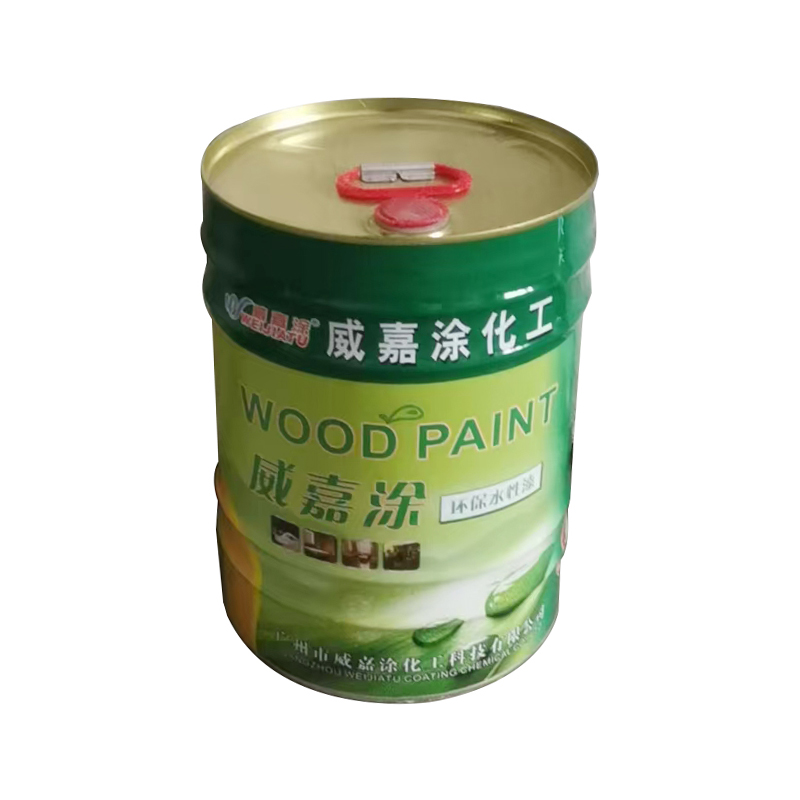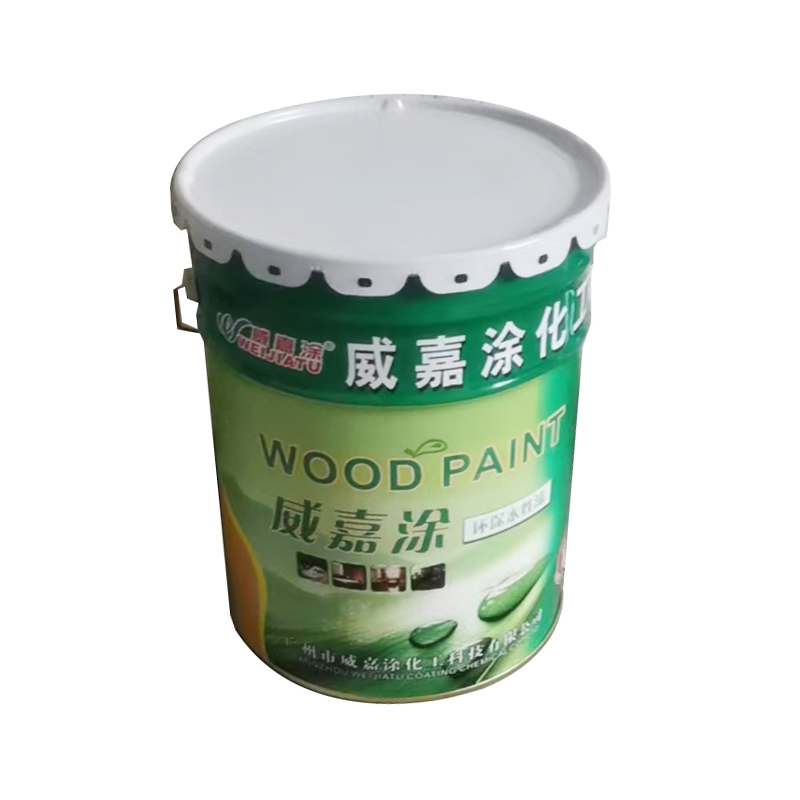Can paint hardener help paint reach working strength faster after application?
Release Time : 2025-08-19
Paint hardeners do help paint achieve usable strength faster after application. This effect stems from the chemical reaction between the hardener and the paint components. The paint drying and hardening process is essentially a curing reaction of the coating components, and hardeners, acting as catalysts or crosslinking agents, significantly accelerate this process. Without a paint hardener, paint primarily dries by solvent evaporation or air oxidation, which not only takes a long time but also results in a loose initial film structure that struggles to quickly develop sufficient strength. The addition of a hardener, by initiating or accelerating the crosslinking reaction of polymer chains, allows the paint film to form a dense and stable structure more quickly, thus reaching usable strength standards sooner.
The core mechanism by which hardeners accelerate the achievement of usable strength is by increasing the crosslinking density of the paint film. Under the action of the hardener, the film-forming substances in the paint transform from a linear molecular structure to a three-dimensional network. The speed of this structural transformation directly affects the efficiency of the film's strength development. When ordinary paint dries naturally, the intermolecular crosslinking reaction is slow and incomplete, resulting in scratches and deformation in the initial paint film. After applying paint hardener, the cross-linking reaction proceeds more fully in a shorter time, forming a tighter bond within the paint film. This allows key strength indicators such as hardness and abrasion resistance to meet service requirements more quickly, reducing the time and cost of waiting for the paint film to fully cure.
In actual post-application performance, paint hardeners demonstrate a more rapid improvement in damage resistance. A newly applied paint film with insufficient strength is susceptible to damage from bumps and friction during daily activities, a particularly significant problem in applications requiring rapid deployment. Paints containing a curing agent, however, develop a film with a certain degree of impact and abrasion resistance within a few hours to a day or two. Even minor external forces resist scratching or peeling, meaning the construction area can be opened for use sooner, eliminating the need for long periods of idle time. This significantly improves construction efficiency and space utilization.
The use of a curing agent also reduces the impact of environmental factors on the strength of the paint film. In low temperatures or high humidity, the drying and curing process of ordinary paint is significantly inhibited, not only prolonging the drying process but also potentially resulting in insufficient film strength due to incomplete curing. The chemical reaction initiated by a hardener is relatively unaffected by environmental factors and maintains a stable reaction rate under a wide range of conditions, ensuring that the paint film develops strength as expected. This characteristic allows for consistent paint application schedules across different seasons and climates, avoiding weather-related delays in achieving strength targets.
Compared to paint without a hardener, paint films with a hardener exhibit superior early strength stability. Conventional paints slowly increase in strength over time during the drying process, often experiencing initial strength fluctuations, making it difficult to accurately determine whether they meet performance standards. However, the paint film produced by the hardener reaction exhibits a more stable strength development curve, with a predictable upward trend from initial drying to full hardening. Based on the hardener's characteristics and reaction time, users can accurately determine when the paint film reaches performance strength, avoiding premature application that could damage it or excessive waiting that could impact efficiency.
The appropriate addition of a hardener also optimizes the internal structure of the paint film, laying the foundation for long-term strength. Rapidly achieving operational strength doesn't come at the expense of film durability. On the contrary, the dense structure formed by the curing agent allows the paint film to further develop crosslinking over time after achieving initial strength, resulting in a coating that combines short-term operational strength with long-term durability. This characteristic not only allows the paint to be quickly put into use, but also maintains stable performance over time, reducing the risk of later damage caused by insufficient early strength and extending the coating's lifespan.
By accelerating the cross-linking reaction, increasing structural density, and enhancing environmental adaptability, paint hardeners can accelerate the rate at which paint reaches operational strength after application. This significantly reduces waiting time, improves damage resistance, and stabilizes the application cycle. It is particularly suitable for applications where efficiency and rapid deployment are crucial, and is an effective means of improving the overall efficiency of paint applications.







